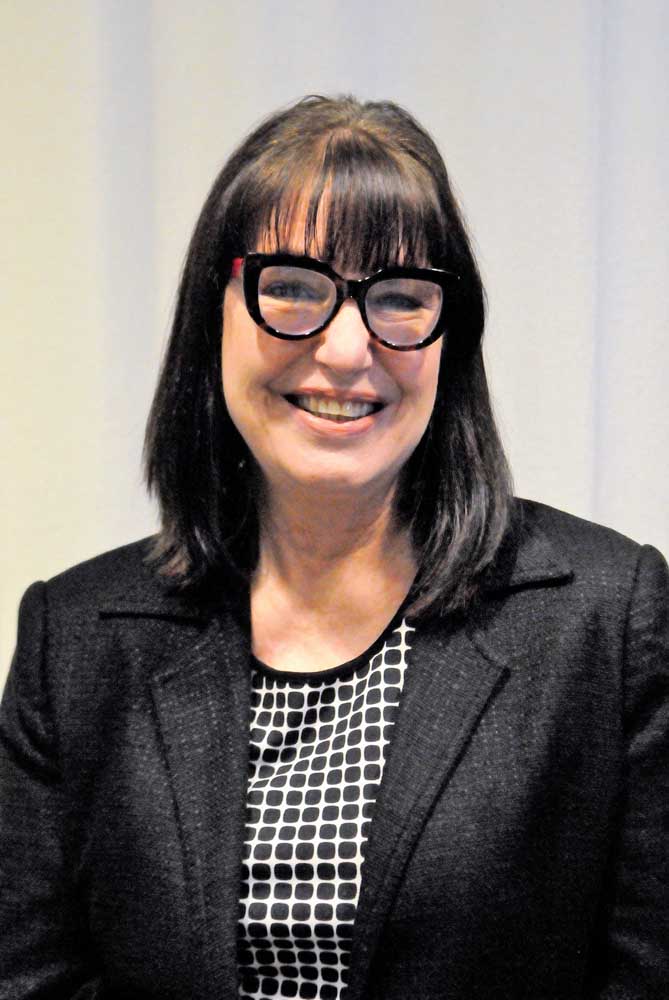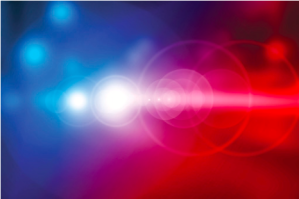Gallagher: Veterans In recovery from PTSD: Feeling the gratitude, healing through volunteerism, meaningful group discussions
Published 4:30 am Friday, August 11, 2023

- Amy Gallagher
War wounds represent the most painful wounds of human suffering but war wounds are invisible and often silent.
As a military-medical writer, I’ve written articles on PTSD and traumatic brain injury (TBI) research by two military branches. I’ve learned the Veterans Administration (VA) doesn’t always accept/process the veteran’s claim as the Department of Defense (DoD) requires research studies on each war for veterans with PTSD, then justifies the need for funding which takes a few more years. Fortunately, East Texas veterans can find a lot of hope and healing with local resources.
Trending
Adjusting to civilian life by finding gratitude in the moment may sound too simple, but there’s one veteran who felt “lucky” after the 14-hour aeromedical evacuation from his heroic combat action in Afghanistan. Tyler’s Purple Heart medal recipient, ret. U.S. Army Staff Sgt. Patrick Rogers, Texas Army National Guard flight medic, said, “I lucked out when I ended up in the Wounded Warrior Transition Unit where my files were already pulled.”
Rogers suffered a blast injury from a suicide bomber, diagnosed with TBI with hearing loss and a back injury caused by a rocket-propelled grenade (RPG) blast tearing his knee and shoulder.
“With over 400 missions as a flight medic in combat, I saw the deaths of soldiers and children and also lost two aircrew members during combat missions,” Rogers said. “This is the cause of my PTSD.”
Rogers said, “They put me in a special program together with three of the guys who I saw in combat. We each had our own ‘shrink’ as we talked through about what we went through.”
As a VA Tier 1 patient, Rogers was seen “very quickly by a good therapist at a Galveston VA clinic.”
Moving to Tyler in 2007, Rogers had an excellent therapist from the VA, John Mark, whose group therapy eased Rogers into his second year of retirement.
Trending
“Learning how to give back as a positive way to heal, along with hanging out with my old crew while telling stupid war stories helped a lot,” he said.
A Tier 1 patient is a Purple Heart medal recipient, a prisoner of war veteran or a veteran wounded during combat.
CampV: A healing connection of hope
Volunteering at CampV’s campus of wellness, healing and social activities while connecting with other veterans and their families continues to mobilize an inspirational movement to serve those who have served others.
“Being involved with CampV and seeing the impact on veterans while meeting all kinds of people also helped,” Rogers said. “I feel that giving back to others for the help I got 10 years ago has really helped.”
Tyler’s CampV is a veteran’s answer to connection, service and hope at its 20-acre veterans campus of multiple resource centers with the support of a navigator who guides veterans through the VA benefits system.
CampV and Tyler’s Andrews Center work in partnership to bring mental health services to veterans. Andrews Center is an accredited certified behavioral health clinic, providing counseling services, regardless of the financial situation for individuals, couples and families and peer-driven support groups.
CampV hosted a podcast during COVID with Vietnam veteran Al Conetto, who journaled for two years while in counseling, then earned his graduate degree using his journaled notes to form a thesis which ultimately became a fact-filled memoir, “The HUMP: the First Major Battle of the Vietnam War,” which led to his PTSD self-therapy, returning to Vietnam in the 1990s.
To volunteer at CampV, go to www.campvtyler.org .
Inspired by virtuous acts
Healing from PTSD comes in many forms, through counseling and therapy and even observing someone doing a kind and virtuous act can inspire veterans.
The UT Tyler PTSD Research Lab has been conducting insightful research highlighting the value of gratitude in PTSD research. Researchers analyzed data from a large population of veterans to examine the role of trait gratitude in mental health — specifically, looking at how gratitude relates to current and future mental health symptoms and diagnoses.
The study, based on the emotion of feeling inspired while observing virtuous acts of others, showed that veterans who were extremely high on gratitude were at reduced risk.
Healing from the deafening silence of PTSD with others through volunteerism — in community and conversation with other veterans — inspires positive feelings of gratitude.
Civilians in East Texas, I encourage you to volunteer, alongside a veteran; you’ll likely learn a lot about American history while experiencing gratitude in the here and now. Learning from one another might ease the veterans’ military-to-civilian (M2C) transition in the workplace (my next month’s column). After all, relationships are less demanding when there is understanding.
As always, please reach out to me with your feedback. I’d like to hear from M2C transition veterans in East Texas.





